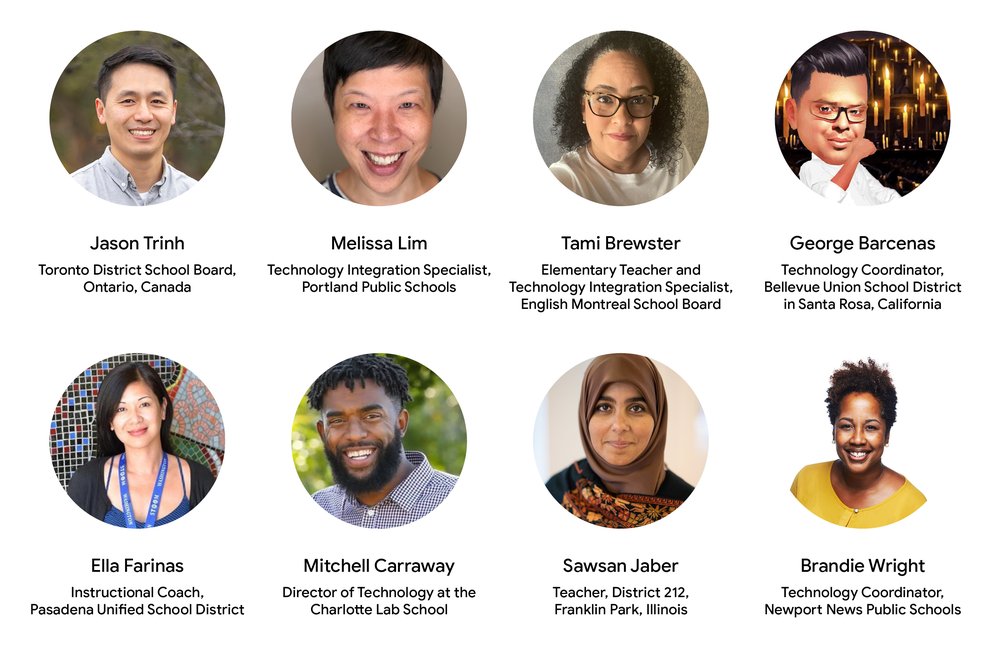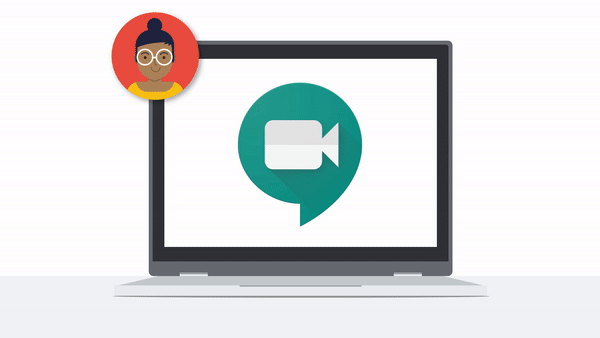Frequently assess student learning
Formative assessments help you make sure students are continuing to progress while away from school. Check for understanding during group instruction by asking a poll question in the middle of a lesson and showing the results in real time. This can also help you “take attendance” in a virtual setting. Quizzes in Google Forms offer auto-grading features, allow you to embed videos, images, and as many answer choices as you want. You can also assign graded discussions in Google Classroom, and students can demonstrate their knowledge through project-based learning assignments using Slide presentations, Docs or Sites.
Continue to connect with Hangouts Meet
When students’ routines are disrupted, many realize how much they actually miss the structure of school, and learning with their teacher. It’s important to maintain that feeling of comfort and safety during a time of uncertainty.
If your students have Wi-Fi access, you can see them virtually on Hangouts Meet. You can also use this platform to create video discussion sections for students to engage with one another and support their peers who might be struggling with concepts. Turn on live captions to help students focus, and so that students who are deaf or hard of hearing can read spoken language during the call.
Scheduling is another challenge that may arise. Using Calendar Appointment Slots, students who need extra help can sign up to meet 1:1 or in small groups with you. Due to intermittent or lack of Wi-Fi access, or shifting childcare solutions, not all students may be able to join a virtual classroom at the same time. Your instruction will likely be a mixture of live video and sharing recordings of your lessons for students who couldn’t make it. Thankfully, advanced features in Hangouts Meet allow you to record your lessons to share with students.
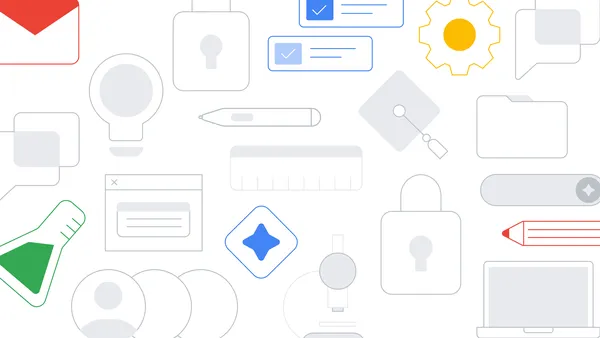 These efforts, including new responsible AI curriculum and a $1 million grant to MIT RAISE, all aim to help students and educators use AI safely and effectively.
These efforts, including new responsible AI curriculum and a $1 million grant to MIT RAISE, all aim to help students and educators use AI safely and effectively.
 These efforts, including new responsible AI curriculum and a $1 million grant to MIT RAISE, all aim to help students and educators use AI safely and effectively.
These efforts, including new responsible AI curriculum and a $1 million grant to MIT RAISE, all aim to help students and educators use AI safely and effectively.
 The inaugural Google Vids Education Film Festival is now accepting submissions. Educators with access to Google Vids can submit short videos in the following categories:…
The inaugural Google Vids Education Film Festival is now accepting submissions. Educators with access to Google Vids can submit short videos in the following categories:…
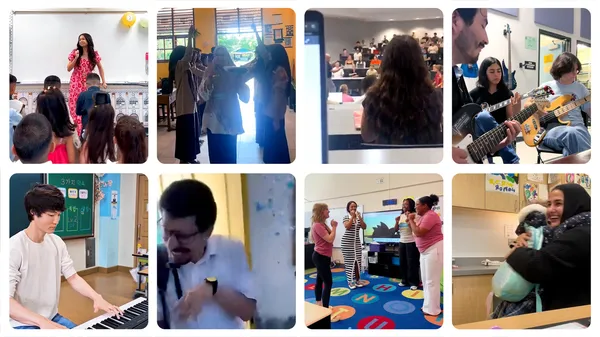 To celebrate World Teachers’ Day, we spotlight teacher stories on what it’s like to be in the profession today.
To celebrate World Teachers’ Day, we spotlight teacher stories on what it’s like to be in the profession today.
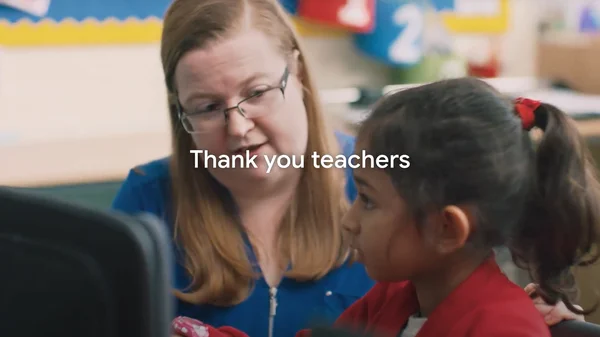 Para celebrar el Día Mundial de las y los Docentes y homenajear a la increíble comunidad de educadores en todo el mundo.
Para celebrar el Día Mundial de las y los Docentes y homenajear a la increíble comunidad de educadores en todo el mundo.
 Google for Education collaborated with research partner Canvas8 and advisor and consultant American Institutes for Research to conduct a global study in 24 countries on …
Google for Education collaborated with research partner Canvas8 and advisor and consultant American Institutes for Research to conduct a global study in 24 countries on …
